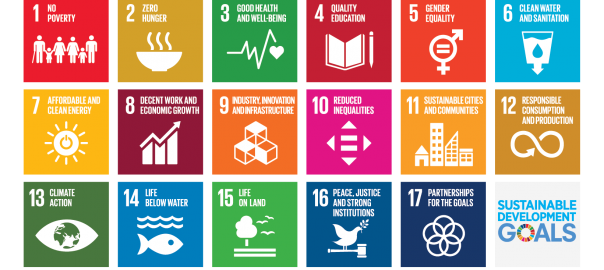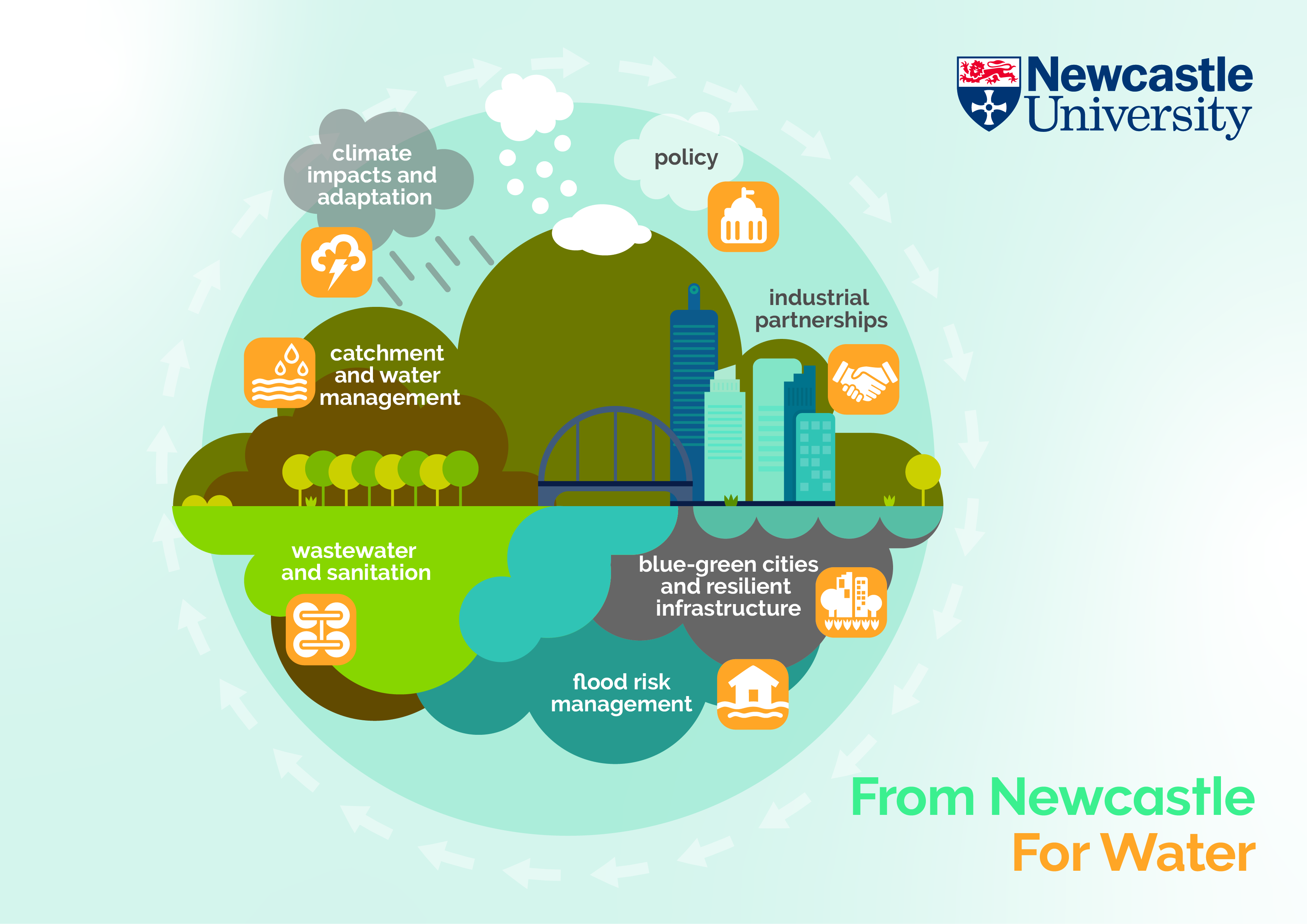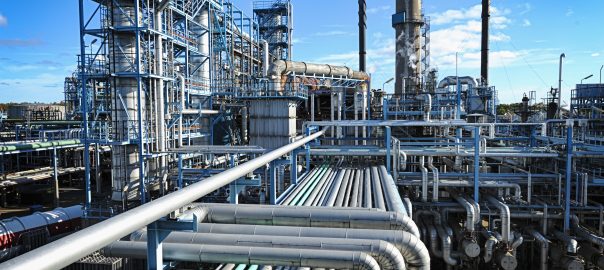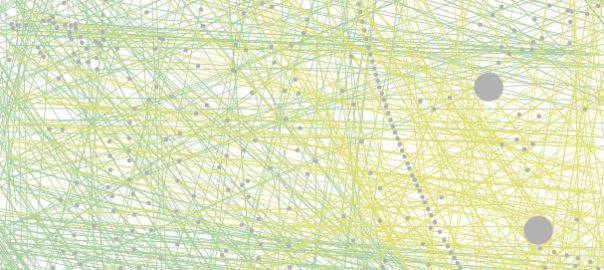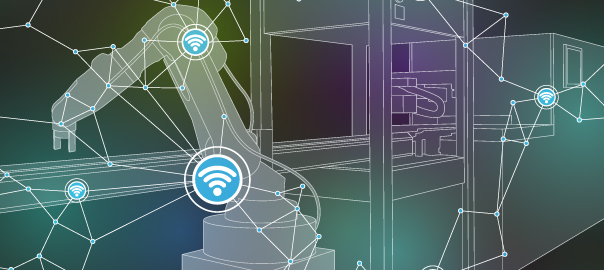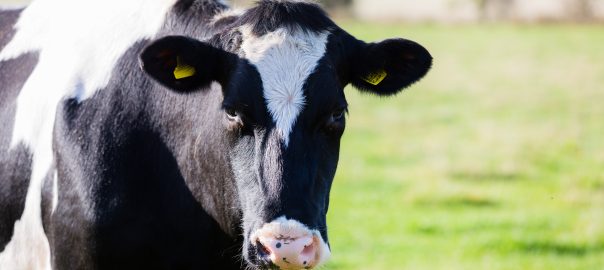The UN Sustainable Development Goals provide numerous opportunities for science and engineering to make a wider impact globally upon society and the environment. Aligning them with publicly funded research is imperative to their success. Times Higher Education just released their Impact ranking for the SDGs. I am pleased to say that Newcastle University was ranked 23rd in the world for this ranking.
If you’re an academic researcher, and new to the SDGs, one of the things you should know about them is that they are interconnected – each goal relates to, influences and affects the other goals.
There will always be specific goals that an individual or organisation may focus on but this doesn’t mean the others aren’t relevant to your work; indeed the framework is broad enough to enable achieving targets for different goals together. For example, while you thought you were working on clean water and sanitation, you may not have realised that you’re also helping to achieve gender equality.
If you do research or other relevant work to goal 3 – Good Health and Well-Being, likely it will have implications for other goals such as goal 1 – No Poverty and goal 2 – Zero Hunger.
If your research is in energy, which pertains to goal 7 – Affordable and Clean Energy, then it will likely also be relevant to goal 13 – Climate Action and goal 14 – Life Below Water. Clean energy results in decreased greenhouse gas emissions for mitigating climate change, reducing ocean acidification, and energy affordability connects to goal 1 – No Poverty. Got it? Continue reading How to start interacting with the SDGs
